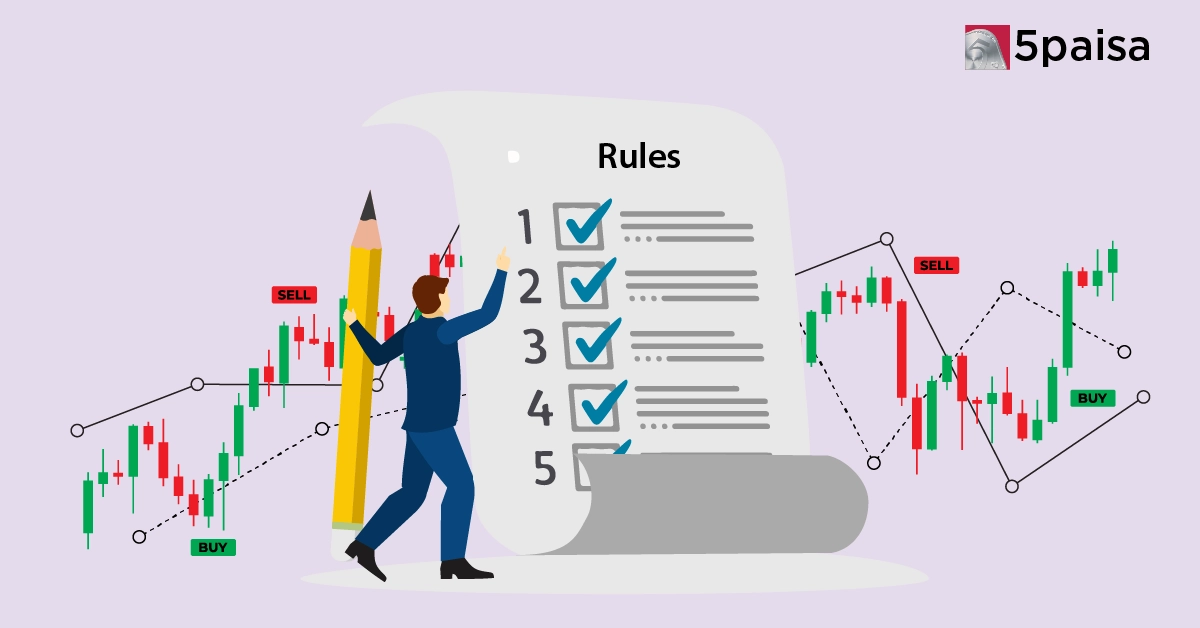Is It Mandatory to Show F&O Losses in ITR?
Choosing Between PMS and Mutual Funds.

Last Updated: 9th May 2025 - 07:00 pm
When it comes to investing in equities in India, two popular options are Mutual Funds (MF) and Portfolio Management Service (PMS). While both involve investing in stocks, they have distinct differences in their approach and management. This blog explores the pros and cons of each, helping you decide which option suits your investment goals and risk appetite.
1. Understanding Mutual Funds (MF)
Mutual Funds are professionally managed investment vehicles that offer a diverse range of stocks, providing investors with flexibility and options based on risk tolerance and long-term financial objectives. With minimum investment limits as low as Rs. 500, MFs are accessible to a wider audience.
2. Unpacking Portfolio Management Service (PMS)
PMS focuses on personalized funds, allowing managers to create portfolios independently for each client. The tailored approach offers greater control over portfolio composition but comes at a higher cost. PMS typically demands a substantial investment starting from Rs. 25 lakh, making it accessible only to higher net-worth individuals.
3. Customization vs. Diversification
While MFs offer diversified portfolios with 40-50 stocks, PMS keeps a more curated approach with 20-30 stocks. PMS allows customization based on individual risk profiles and financial needs, potentially leading to better returns. However, the limited number of stocks in PMS can also increase risk.
4. Transparency and Regulation
MFs provide transparency as all data is publicly available, making it easier to compare different schemes. In contrast, PMS discloses information only to the client, making comparisons challenging. Additionally, PMS has fewer regulatory controls, adding to its risk profile.
5. Investment Decision Based on Corpus and Goals
Choosing between PMS and MF depends on your investment corpus, risk appetite, and financial goals. If you have a smaller corpus and seek simplicity in tax compliance, MFs may be more suitable. For larger investment amounts and a desire for personalized portfolios, PMS could be the better option.
6. Combining PMS and MFs for Maximum Benefit
With a substantial investment corpus, like Rs. 1 crore, you may consider investing in both PMS and multiple MF schemes, excluding low-value options. This diversification approach can increase your chances of optimizing returns from both avenues.
Conclusion
Investing in equities requires careful consideration of individual circumstances. MFs and PMS offer distinct advantages and disadvantages, catering to different investor preferences. To make an informed decision, understand your financial goals, assess risk tolerance, and seek advice from an investment advisor before making a choice between PMS and MFs. Remember, knowledge and prudence are crucial when venturing into the world of equities.
- Flat ₹20 Brokerage
- Next-gen Trading
- Advanced Charting
- Actionable Ideas
Trending on 5paisa
Indian Stock Market Related Articles
Disclaimer: Investment in securities market are subject to market risks, read all the related documents carefully before investing. For detailed disclaimer please Click here.

 5paisa Capital Ltd
5paisa Capital Ltd



